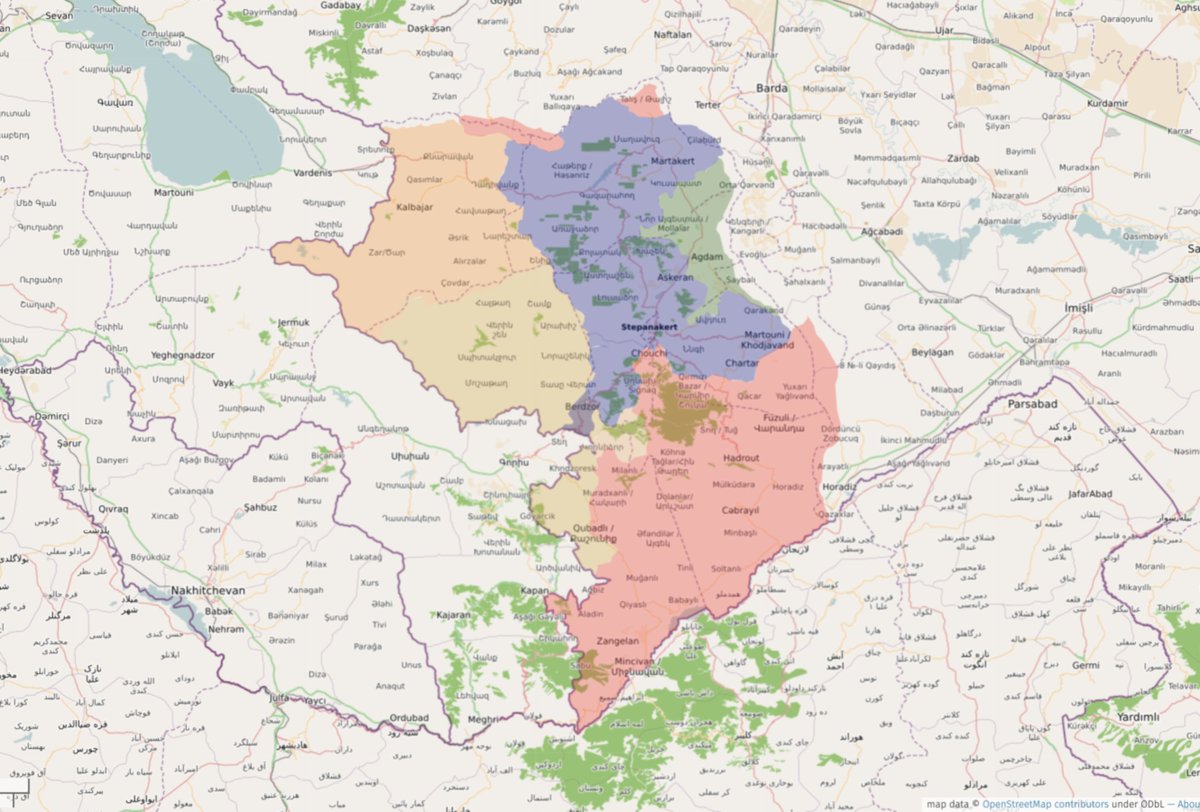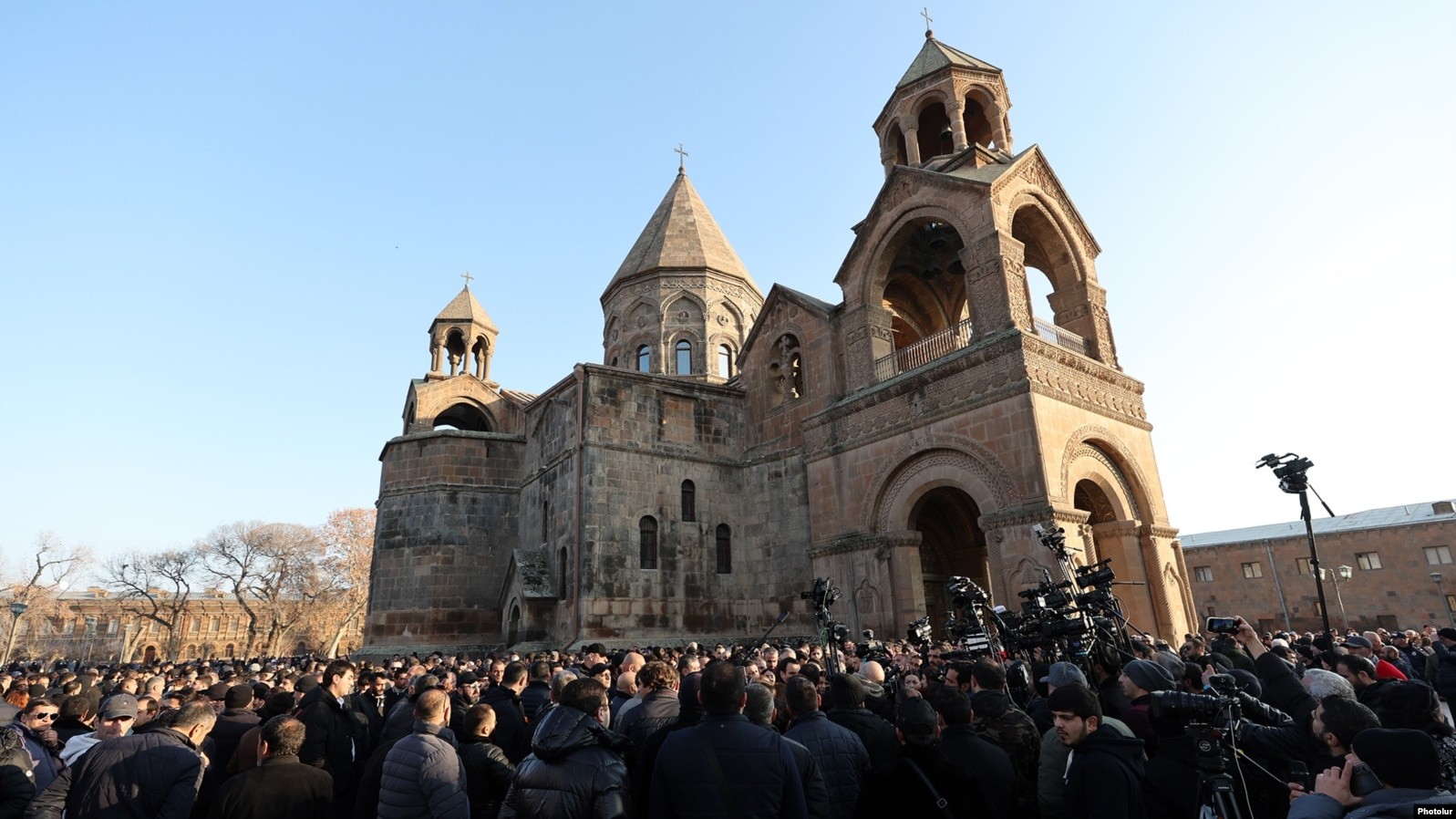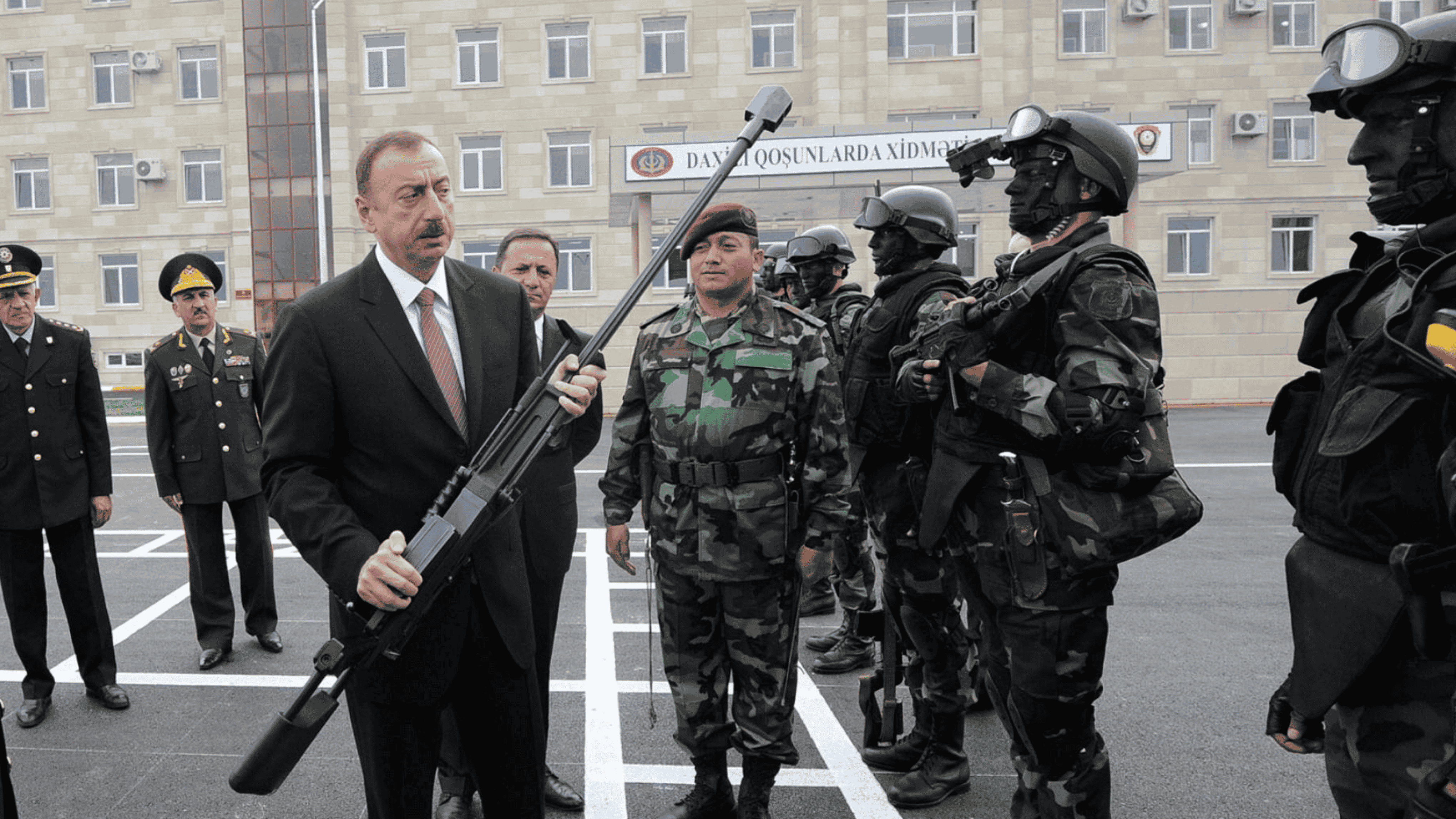Two years of no peace, no war: trilateral document undergoes strength test
Armenia-Azerbaijan: what the peace treaty depends on
With each new escalation, the declaration of a ceasefire in Nagorno-Karabakh, adopted by the leaders of Armenia, Azerbaijan and Russia on November 9-10, 2020, becomes less and less stable as a basis for building peace in the region.
Two years after the second Karabakh war, the pace of fulfillment of the provisions of this document has significantly slackened.
Russia has actually lost the role of moderator in the conflict, its attention being redirected to the Ukrainian war. Brussels is trying to promote a peace agenda in the region. Armenia and Azerbaijan themselves are teetering on the brink of a new war.
Armenia-Azerbaijan: what the peace treaty depends on
Yerevan and Baku continue to interpret the 2020 tripartite statement in different ways
- Armenian prisoners are still being held in Azerbaijan, although Baku claims that the process of their exchange has been completed
- Baku insists on the withdrawal of the Armenian Armed Forces from Karabakh, while Yerevan claims that it has already fulfilled this obligation
The parties are bogged down in disputes over the status of corridors and roads, and have not even come close to the unblocking of “all economic and transport links” recorded in the statement. This could become a significant stabilizing factor in the region.
Armenia-Azerbaijan: what the peace treaty depends on
What has been done
Immediately after the approval, the tripartite statement was implemented at a dynamic pace.
Six of the nine points were completed on time: a ceasefire, the deployment of a Russian peacekeeping contingent in part of Karabakh and along the Lachin corridor, and the transfer of its regions adjacent to Nagorno-Karabakh to the control of Azerbaijan.
Another provision was fulfilled ahead of schedule under the forceful pressure of the Azerbaijani Armed Forces – the route along the Lachin corridor was changed, and towns with an Armenian population were transferred to the control of Azerbaijan.
Armenia-Azerbaijan: what the peace treaty depends on
- What caused the Armenia-Azerbaijan border war of September 13-14? Six versions
- Opinion: Is it worth discussing South Caucasian Federation?
Armenia-Azerbaijan: what the peace treaty depends on
Prisoners of war and refugees
The parties have not even started on the seventh provision of the document: the return of refugees and internally displaced persons to Nagorno-Karabakh and adjacent regions under the auspices of the Office of the United Nations High Commissioner for Refugees.
The delay in fulfilling the tripartite statement began with the exchange point for prisoners of war, hostages and other detainees and the bodies of the dead.
From Yerevan’s point of view, the “all for all” principle laid down in the statement was not observed, since Baku “in good faith does not report the total number of prisoners either to the parties to the negotiations or to the international community.”
This process actually broke off and then moved on with “homeopathic doses” after the capture of more than sixty Armenian soldiers and civilians in the Hadrut region in December 2020, more than a month after the ceasefire.
Armenia considered this a violation of the tripartite statement. But in Azerbaijan they were called “saboteurs” and tried according to relevant articles.
Almost two years after the war, the issue of the return of prisoners of war remains relevant.
There is not even a consensus between the parties to the conflict on the number of Armenian prisoners held in Azerbaijan.
About eighty Armenian prisoners are being held in Azerbaijan, Siranush Sahakyan, a representative of the interests of Armenian prisoners at the European Court of Human Rights, said on September 27. But Baku has not officially confirmed this figure.
“Before the escalation of the conflict on the Armenian-Azerbaijani border on September 13-14, 33 prisoners officially remained in Azerbaijan, and another twenty were added thereto in September,” Sahakyan explained.
A few days later, with the mediation of the United States, Azerbaijan returned seventeen Armenian prisoners of war to Armenia.
It seems that over time the prisoners turned from a purely humanitarian issue in the hands of Azerbaijan into an instrument of pressure on Armenia to achieve political goals in the negotiations.
It is difficult to explain in another way the retention of soldiers in Azerbaijan who were captured on the territory of Armenia as a result of the escalation of the situation on the border in November 2021 and September 2022.
Another confirmation of this hypothesis was the return of five Armenian prisoners to Baku only after talks between the leaders of Armenia and Azerbaijan in Brussels on August 31, and the secretary of the Armenian Security Council and the assistant to the president of Azerbaijan in Washington on September 28, following which progress was announced in the process.
In total, 168 Armenian prisoners have been returned from Azerbaijan.
Armenia-Azerbaijan: what the peace treaty depends on
Transit routes as a subject of dispute
The unblocking of roads and railways, declared in the ninth paragraph of the tripartite statement, has become one of the most controversial topics between Armenia and Azerbaijan.
Azerbaijan regularly accuses Armenia of evading its obligations to create a transport route to ensure communication with its Nakhichevan autonomy through the Armenian Syunik. President Ilham Aliyev, in an interview with AZTV in April 2021, even threatened to cut through the so-called “Zangezur corridor” by force if Armenia does not voluntarily do so.
In December 2021, the head of Azerbaijan demanded that the legal regimes of the Zangezur Corridor be equated with the Lachin Corridor, which connects Armenia with Nagorno-Karabakh and is under the control of Russian peacekeepers.
Azerbaijan’s demand is categorically unacceptable to Armenia, which considers the opening of transport and railway lines with signs of extraterritoriality a “red line”.
Recently, at a meeting with the Armenian community of Vladivostok, Prime Minister Nikol Pashinyan ruled out providing a corridor to Azerbaijan through the territory of Armenia, but announced his readiness to open roads for Baku.
“I want to say very clearly that we will not give anyone a corridor through the territory of Armenia. But we will provide and open the road and are ready to do it at any moment. We have submitted proposals to Azerbaijan,” TASS quoted him as saying.
Armenia-Azerbaijan: what the peace treaty depends on
- “Painful concessions await Armenia, no matter who moderates negotiations.” Opinion
- “Better than nothing”: EU civil mission on the border of Armenia
What transport options are offered by the parties
These proposals to “open transport for Azerbaijan even tomorrow” are detailed in a draft published on August 18 by the National Security Service.
The NSS proposes to establish three new border crossing points:
- In the village of Sotk on the border of the Kalbajar region of Azerbaijan,
- In Karahunj on the border of the Gubadli region of Azerbaijan,
- In the Yeraskh community on the border of the Azerbaijani exclave of Nakhichevan
Azerbaijan, meanwhile, has focused on its regional unblocking formula – through the Armenian city of Meghri, along Armenia’s border with Iran, along which the parties have already agreed to lay a railway.
Yerevan separates the railway line from the automobile routes, as it sees in their association in one area a threat of blocking its border with Iran. Hence the anxiety of Iran, which is also afraid of closing its border with Armenia.
Armenia-Azerbaijan: what the peace treaty depends on
Two years after the war, the prospect of “full and rigorous fulfillment of the trilateral agreements”, as Moscow periodically claims, is becoming increasingly vague.
During this time, other topics have loomedlarge, for example the delimitation and demarcation of the border and the conclusion of a peace treaty. Both topics are being discussed in parallel and at different venues – in Brussels and Moscow.
With Moscow’s attention diverted to Ukraine since December 2021, the European Union is claiming the role of exclusive peacekeeper, which was additionally confirmed at the four-party meeting in Prague on October 6.
However, it cannot be said that the parallel work of the two negotiating platforms or the greater activity of the EU has brought the parties closer to peace and led to fewer problems.
For now, it’s rather the other way around. The sharpness of the contradictions is growing, and peace talks alternate with acts of violence. Azerbaijan’s pressure on Armenia to conclude a peace agreement on Baku’s terms is also growing. And delimitation has turned into borderization with the use of force.
Armenia-Azerbaijan: what the peace treaty depends on





















